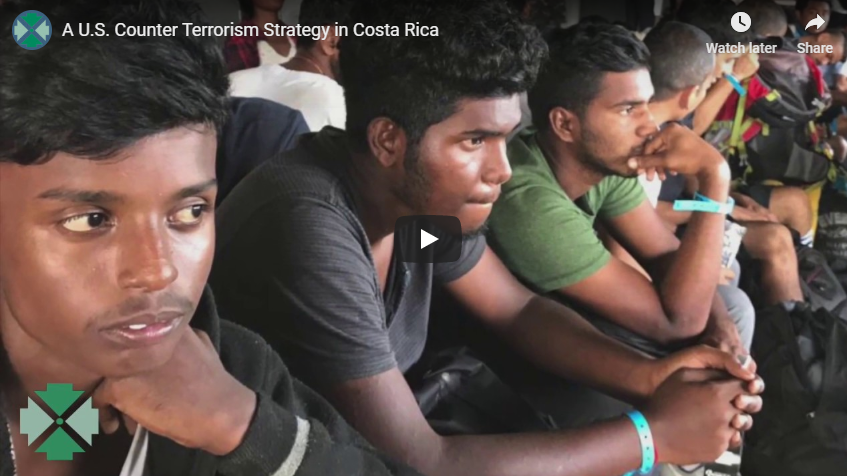Thousands of non-Spanish-speaking migrants, known in U.S. homeland security circles as “special interest aliens”, from Muslim-majority countries like Iran and Afghanistan cross through Panama once they depart initial landing zones in South America. Here’s how the get the U.S. southern border, the easy and the hard way.
By Todd Bensman as originally published December 18, 2019 by the Center for Immigration Studies
PASO CANOAS, Costa Rica — An unusual partnership has arisen between Panama and Costa Rica for handling thousands of migrants constantly funneled through this border town on their way to the American southern border. Geographically, Panama and Costa Rica present an almost unavoidable leg of the long but quite achievable trip to America.

Tens of thousands of non-Spanish-speaking migrants, known in U.S. homeland security circles nowadays as “extra-continentals”, from countries like Iran and Afghanistan (also known as Special Interest Aliens) have no choice but to cross through Panama once they depart initial landing zones in South America.
They can reach the main lanes of Central America leading to the United States the easy way, or the hard way. This video documents the hard way.
For context, it helps to understand the easy way. This travel is facilitated by official government policy — never advertised, of course, (until now) — called “Controlled Flow”. It works like this: After the physically taxing eight- or nine-day through the Darien Gap jungle straddling Colombia and Panama, migrants turn themselves in to the Panamanian military police. The military police register the migrants and get them to government camps where food, medicine, and rest await. Then, after a while with access to phones and Western Union money transfers, the Panamanian government gives them permits to legally be in-country long enough to exit north. The government then transports them to modern commercial buses that drop them here at Paso Canoas, on the Costa Rica border.
Immigration service workers are waiting for them at Paso Canoas. The Costa Ricans repeat the catch, rest, and release process at other camps, and guide them to buses that travel to the Nicaragua border, where they find their own ways to keep moving toward the United States.
Unsurprisingly “Controlled Flow ” has subsumed much of the lucrative illicit human smuggling industry that used to openly thrive in both of these countries. The smugglers have pushed back, though.
To salvage business, according to a number of officials and people here, smugglers south of Panama now tell their customers this catch, rest, and legal release thing is all a big hoax; the Panamanians will punish you and send you home, or worse. Still other migrants have something to hide and no interest in registering with any government.
So the hard way persists.
This video provides a look at the hard route and shows that human smugglers in both Panama and Costa Rica still thrive, fueled on the desires and fears of unknown numbers of migrants eschewing the easy government way, but also on border porosity and the prevalence of corruption.
Click on the video below or here.
